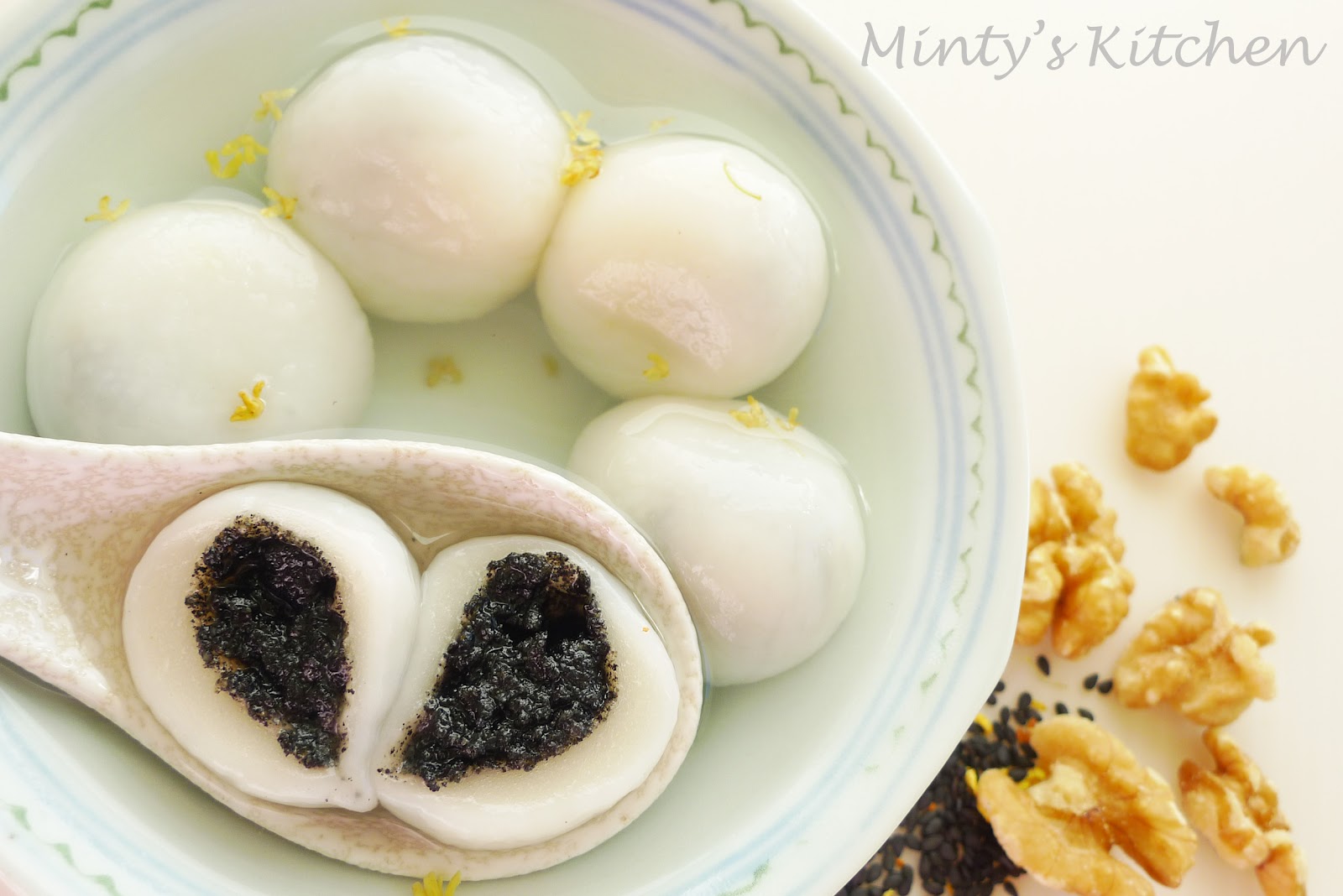 YuanXiao Jie, Chinese Lantern Festival, is the holiday Chinese people enjoy the night time scenes under the first full moon of the year. (image source: http://bit.ly/1jFAeg7)
YuanXiao Jie, Chinese Lantern Festival, is the holiday Chinese people enjoy the night time scenes under the first full moon of the year. (image source: http://bit.ly/1jFAeg7)
This Friday, February 14, 2014 marks the first full moon of the new year according to the Chinese lunar calendar. Each year, this night is celebrated by the Chinese as Yuanxiao Jie (元宵节/元宵節) . In English the name of this holiday could be literally translated as First Night, since “yuan” (元) means first or beginning, while “xiao” (宵) means night. But Yuanxiao is more commonly known as the Lantern Festival, and sometimes as the Chinese Valentine’s Day.
As this name implies, Yuanxiao is primarily celebrated as a nocturnal holiday when people light lanterns and enjoy nighttime scenes. The legend behind the holiday tells that a spirit bird became disoriented and accidentally flew down to earth one day. Mistaking the bird for a normal bird of the forest, a hunter shot the bird dead. The heavenly god became enraged when he discovered what had happened, and ordered the general of the heavenly army to burn down all the houses and buildings on earth. But the heavenly god’s daughter was horrified by her father’s wanton cruelty, so she alerted the humans on earth to her father’s plan. The people on earth lit lanterns all over their cities and homes so that, from his lofty abode in heaven, the heavenly god would think his army’s general had already burned the world down. Their plan worked; the heavenly god saw all the red light, thought the world was already burning, and didn’t pursue the matter further. You can learn more about this legend in Cheng & Tsui’s Tales and Traditions Volume 2.

- Tangyuan, the traditional sweet for Chinese Lantern Festival. (image source: http://bit.ly/1ggWSIr)
But Yuanxiao has long become more than just lighting lanterns to ward off the king of heaven’s wrath. As with many Chinese holidays, there is a particular food that is eaten as part of the Yuanxiao celebration called Tangyuan (汤圆/湯圓) . Tangyuan is made of glutinous rice flour and filled with stuffing, such as sweetened sesame, peanut, or red bean paste. Tangyuan are seen as representing the full moon since they are round and white. Also, the “yuan (圆/圓)” in Tangyuan can mean “to complete” in the sense of a full moon, or in the sense of a family coming together for a reunion. Tangyuan have a soft, gooey texture like a marshmallow, and the bean paste filling gives them an extra-sweet core.
Additionally, riddles are an integral component of the Yuanxiao tradition. Riddles are written on slips of paper which are then attached to the lanterns themselves. Revelers try to guess the answers to the riddles as they pass the lanterns in the streets. This makes lantern-gazing more fun and interactive for couples and families.
In fact, games like this afforded young men and women in China’s traditional society an excuse to comingle and get to know each other. Such opportunities were rare in the Middle Kingdom’s feudal society, so Yuanxiao evolved into China’s traditional Valentine’s Day. This aspect of the Yuanxiao tradition is upheld today: young couples in China and Taiwan still take this opportunity to cavort about the streets amid the beautiful rosy light of Yuanxiao’s lanterns.
Teaching Tips and Activities: The Lantern Festival Play
Chinese teachers can use the Yuanxiao holiday as an educational opportunity to deepen students’ appreciation and understanding of Chinese culture. To design an unforgettable Yuanxiao celebration stage performance with your students, download the script for the “The Lantern Festival” play from Cheng & Tsui’s Setting the Stage for Chinese Level 2.



Comments